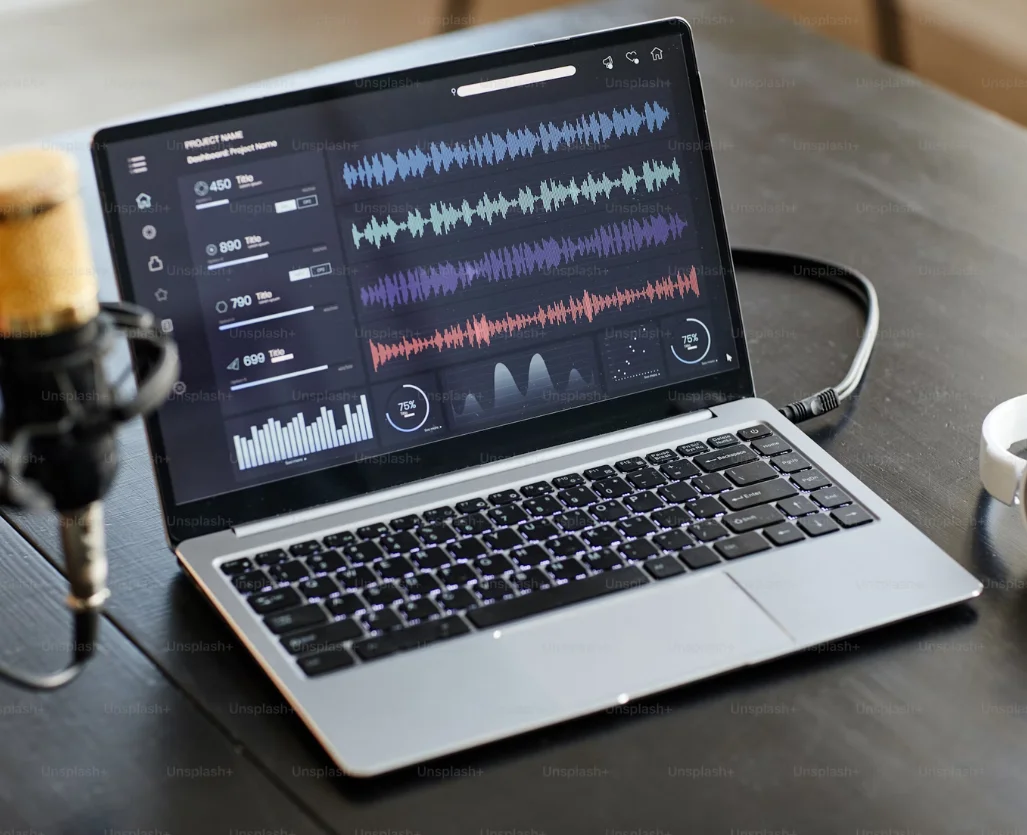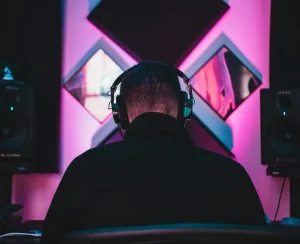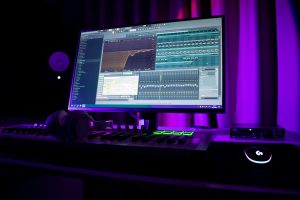Although 8D audio has recently gained popularity on social media and streaming platforms, it’s not a new concept. Its roots trace back to the 1970s when music producers began experimenting with stereo and surround sound to create immersive experiences. Today, 8D audio is a modern evolution of these techniques, enhanced by advanced audio tools and broader distribution. In this article, we’ll explore the science behind 8D audio, its potential benefits for ADHD, anxiety, and neurodivergent individuals, and recommend some of the best 8D songs to try.
8D Audio Meaning
8D audio is an advanced audio processing technique that creates an immersive, three-dimensional listening experience. Unlike traditional stereo sound, which is limited to left and right channels, 8D audio uses binaural recording and panning effects to make the music feel like it’s moving around you in a 360-degree space. The term “8D” is more of a marketing label than a technical specification, but it effectively conveys the idea of a multi-dimensional soundscape that envelops the listener.
This effect is achieved by manipulating the audio signal to simulate movement, often using techniques like reverb, delay, and spatial panning. When you listen to 8D audio with headphones, it feels as though the sound is swirling around your head, creating a deeply engaging and almost hypnotic experience.
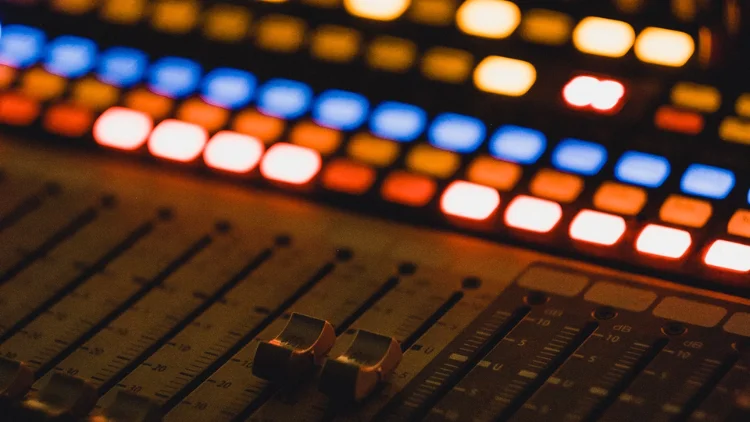
How Does 8D Audio Work?
The magic of 8D audio lies in its use of binaural recording and advanced audio processing. Binaural recording involves using two microphones placed in a dummy head to capture sound the way human ears perceive it. This technique mimics the natural spatial cues our brains use to locate sounds in three-dimensional space.
In post-production, audio engineers apply effects like panning, reverb, and delay to create the illusion of movement. For example, a guitar riff might start in your left ear, travel behind your head, and then emerge on your right side. This dynamic movement is what gives 8D audio its signature immersive quality.
The result is a listening experience that feels incredibly lifelike as if you’re sitting in the middle of a live performance. This makes 8D audio particularly appealing for genres like ambient, electronic, and classical music, where spatial depth can enhance emotional impact.
What Does 8D Audio Do for ADHD?
For individuals with ADHD, 8D audio can be a powerful tool for focus and relaxation. The immersive nature of 8D audio helps to drown out distracting background noise, creating a cocoon of sound that can improve concentration. Many people with ADHD find that the dynamic movement of 8D audio keeps their brains engaged, making it easier to stay on task.
Additionally, the rhythmic and repetitive qualities of certain 8D tracks can have a calming effect, helping to reduce restlessness and hyperactivity. While more research is needed to fully understand the impact of 8D audio on ADHD, anecdotal evidence suggests that it can be a valuable addition to focus-enhancing strategies.
Does 8D Audio Help with Anxiety?
Anxiety often manifests as a heightened state of alertness, making it difficult to relax or quiet the mind. 8D audio, with its soothing and immersive qualities, can act as a form of auditory therapy. The gentle movement of sound around the listener can create a sense of calm, almost like a sonic massage for the brain.
Many users report that listening to 8D audio helps them feel more grounded and present, reducing feelings of anxiety and stress. The key is to choose tracks with slower tempos and softer tones, as these are more likely to induce a relaxed state.
Related read: What Type of Music Causes Anxiety
Is 8D Audio Good for Neurodivergent People?
Neurodivergent individuals, including those with autism or sensory processing disorders, often experience heightened sensitivity to sound. For some, 8D audio can provide a controlled and predictable auditory environment that feels safe and comforting. The immersive nature of 8D audio can also help to mask overwhelming background noises, making it easier to focus or relax.
However, it’s important to note that everyone’s sensory preferences are different. While some neurodivergent individuals may find 8D audio soothing, others might find it overstimulating. It’s always a good idea to start with shorter listening sessions and adjust based on personal comfort levels.
Best 8D Songs to Explore
Ready to dive into the world of 8D audio? Here are some of the best tracks to get you started:
- Billie Eilish – “Ocean Eyes” – A hauntingly beautiful track that feels like it’s washing over you.
- The Weeknd – “Blinding Lights” – A pulsating, immersive experience that brings this hit to life.
- Queen – “Bohemian Rhapsody” – A classic reimagined with stunning spatial effects.
- Hans Zimmer – “Time” – A cinematic masterpiece that feels even more epic in 8D.
- Lofi Hip Hop Radio – 24/7 Chill Beats – Perfect for relaxation or focus.
Read more: Top Christmas Songs
Do You Need Headphones to Listen to 8D Audio?
The short answer is yes—headphones are essential for experiencing 8D audio as intended. The immersive, 360-degree effect relies on the precise delivery of sound to each ear, which is only possible with headphones or high-quality earbuds. Without them, the spatial panning and movement of the audio will be lost, and you’ll essentially hear a standard stereo mix.
For the best experience, opt for over-ear headphones or in-ear monitors that provide good sound isolation. This ensures that you can fully appreciate the intricate details and dynamic movement of 8D audio.
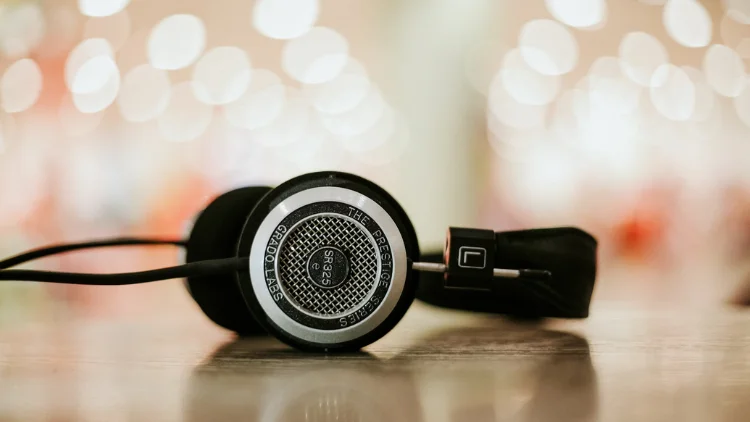
How Do You Convert Normal Songs to 8D Songs?
Converting a normal song into an 8D audio track requires specialized audio editing software and a good understanding of sound design. Here’s a simplified breakdown of the process:
- Choose Your Software: Programs like Audacity, Adobe Audition, or FL Studio are popular choices for audio manipulation.
- Import the Track: Load the song you want to convert into the software.
- Apply Panning Effects: Use automation to move the audio signal between the left and right channels, creating the illusion of movement.
- Add Reverb and Delay: These effects help simulate a three-dimensional space, making the sound feel more immersive.
- Test and Refine: Listen to the track with headphones and adjust the effects until you achieve the desired 8D effect.
While it’s possible to create 8D audio at home, achieving professional-quality results often requires advanced skills and equipment.
Where Can I Find 8D Audio Songs?
8D audio has quickly become popular on platforms such as YouTube and Spotify in recent years, and users can easily find 8D audio tracks of various styles. However, it should be noted that most of the 8D audio songs on these platforms are covers or remixes of popular tracks, and their copyright legality is questionable. Only 8D audio versions that are officially authorized by the copyright owner (usually artists, songwriters, or record companies) can be legally released on streaming platforms.
If you are looking for high-quality, legally authorized, and reasonably priced 8D audio music, Tempolor AI Music Library is your ideal choice. With our powerful AI search function, just enter “8D” and you can easily find a large number of high-quality tracks using the same technology and production methods.
Why choose Tempolor AI Music Library?
- Legally authorized, safe, and worry-free: All music is formally authorized to ensure that you are fully compliant when using it.
- Massive music library, everything you need: Our music library has more than 200,000 royalty-free songs covering almost all music genres to meet your diverse needs.
- AI empowerment, efficient matching: Use advanced AI search technology to quickly find music that matches the 8D audio effect.
- AI music video generator tool: In addition to music, you can also use our AI video generation tool to add the perfect background music to your video.
Whether you are a content creator, a music lover, or a business user who needs background music, Tempolor AI music library can provide you with a one-stop solution. Experience it now and start your 8D audio journey!
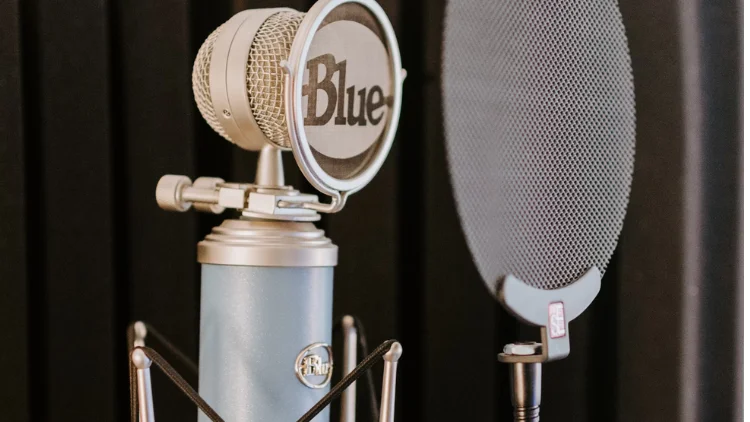
FAQ
Is 8D Music Harmful
As with any form of audio, prolonged listening to 8D audio at excessive volume may cause hearing damage, such as tinnitus or hearing loss. However, this is not a problem unique to 8D audio, but a common risk for all types of music. According to the World Health Organization (WHO), keeping the volume below 85 decibels (about the volume of busy city traffic) and limiting continuous listening time can effectively avoid hearing damage. Therefore, as long as it is listened to at a reasonable volume, 8D audio is not dangerous.
Although there are no serious, universal negative effects of 8D audio itself, some listeners may experience some short-term discomfort, including:
Dizziness: Due to the rapid movement of sound between ears, some people may feel a slight feeling of vertigo.
Nausea: A reaction similar to motion sickness, especially when listening to 8D audio with strong dynamic effects for a long time.
Sensory overload: For people with autism, Asperger’s syndrome or other sensory sensitivity issues, the immersive effect of 8D audio may trigger sensory overload.
It is important to note that these symptoms are extremely rare and usually temporary. If you still feel uncomfortable when you try it again, it may be that your body is not well adapted to this audio effect.
What is 5D Audio?
5D audio is often marketed as an advanced version of stereo sound technology. Unlike 8D audio, which creates a full 360-degree soundscape, 5D audio enhances the depth and spatial perception of traditional stereo sound. It uses effects like reverb, delay, and subtle panning to create a sense of movement and immersion, though not as pronounced as 8D audio.
In simple terms, 5D audio is a virtual effect that adds a three-dimensional quality to stereo sound, making it feel more expansive and lifelike. While it doesn’t offer the same level of immersion as 8D audio, it can still enhance the listening experience for those seeking a more dynamic sound.
What Are the Health Effects of Binaural Beats?
Binaural beats are an auditory illusion created when two slightly different frequencies are played in each ear. The brain perceives a third frequency, known as the binaural beat, which can influence brainwave activity. Here are some potential health effects:
Relaxation and Stress Reduction: Binaural beats in the alpha (8-14 Hz) and theta (4-8 Hz) ranges are associated with relaxation and reduced anxiety.
Improved Focus: Beats in the beta (14-30 Hz) range may enhance concentration and cognitive performance.
Better Sleep: Delta (0.5-4 Hz) binaural beats are often used to promote deep sleep and improve sleep quality.
Mood Enhancement: Some studies suggest that binaural beats can boost mood and reduce symptoms of depression.
However, it’s important to note that the effects of binaural beats can vary from person to person. While many find them beneficial, others may not experience noticeable changes. Always listen at a comfortable volume and consult a healthcare professional if you have specific concerns.
Read more: How Does Music Affect Dopamine Levels in the Brain
